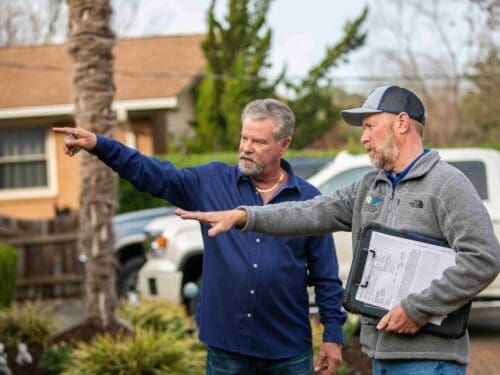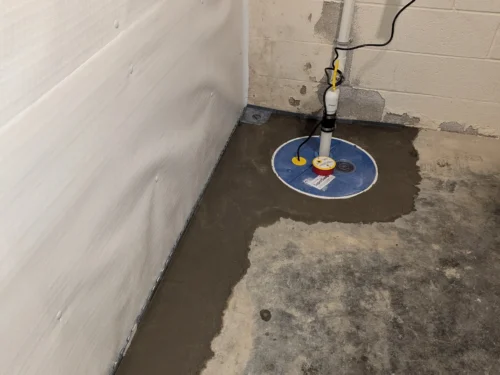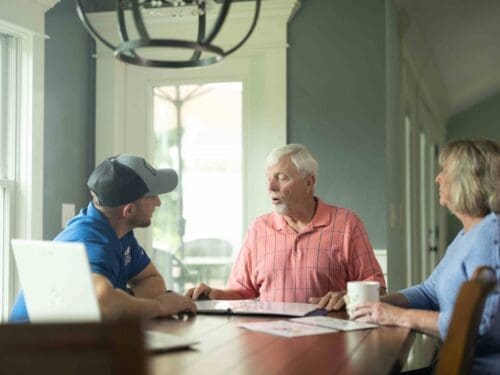Water damage can have serious consequences, whether caused by a storm or a leaking pipe. Even if you can clean up the initial damage, the risk of mold growth still exists. Mold can pose a significant hazard for both children and adults.
Luckily, you can prevent mold after a flood by taking quick action. Find out the steps you need to take to avoid damage to your home and illness in you or your loved ones.
1. Stop the Source
The first thing you want to do is find and stop the source of the flooding. If it’s a burst pipe or something similar, shut off the main valve.
Remember, water conducts electricity and can contain bacteria. If doing this step requires entering the water, consider calling a professional plumber for help.
2. Remove the Water
Once the flooding has stopped and it’s safe to enter the area, it’s time to remove as much water as possible. You could use buckets to bail the water out, but although inexpensive, this method can be tiring.
Consider using a wet-dry vacuum. Many vacuums can remove five to ten gallons per minute. If you don’t have one, you might be able to rent one at your local hardware store.
3. Dry or Remove Wet Flooring and Furniture
If your flooring has damage, you’ll want to remove it. Doing so is especially important for carpet or stone-tiled floors, which can harbor mold spores. Sometimes, you may even need to remove drywall, ceiling tiles, or other materials.
If you are unsure whether to remove these, get a professional opinion. An experienced basement flooding repair company can help assess the damage before you take action.
You can attempt to dry some types of flooring and furniture with towels. Lay down some old towels and remove them when they are full of water. You can use baking soda or targeted cleaners to dry the flooring or upholstery.
4. Set Up a Dehumidifier
Mold grows best in warm, wet environments. By removing humidity, you can help slow mold growth. Keeping your home’s relative humidity below 60% can significantly help prevent mold. You can set up an energy-efficient dehumidifier that removes warm, moist air from the affected area.
You can also aim strong fans at doors and windows to remove humid air more effectively. Opening as many doors and windows as possible will allow air to circulate, improving the effectiveness of these steps.
5. Disinfect Surfaces
Just because you’re making the area inhospitable for mold doesn’t mean it’s not present. A key step to prevent mold after a flood is to kill any that has already taken root in your home. Disinfecting the walls, floors, baseboards, and any other affected surfaces kills mold.
Most common disinfectants are effective at the job. Alternatively, you can make a solution with 10% bleach. Just be sure to wear protective gloves, glasses, and face masks when using harsh chemicals.
6. Hire a Professional
While you may be able to get the bulk of the moisture out of your home, hidden water damage can still provide a suitable home for mold. Mold can even find its way into your HVAC system. A professional can find any problems and take steps to remove mold.
In addition, they can help you repair any lingering damage. They can even help you find ways to prevent future issues, such as by waterproofing your basement or installing a sump pump.
Effective Water Damage and Mold Clean-Up
Water has the potential to cause widespread damage within your home. If you want to prevent mold after a flood, taking quick action is important. Remove as much water damage as possible, and then contact a foundation and crawl space repair company for effective water damage and mold clean-up.
If flooding has affected your southeastern Virginia or North Carolina home, call Virginia Foundation Solutions at (757) 340-0917. We’ll quickly schedule a free inspection and help you prevent mold after a flood.








